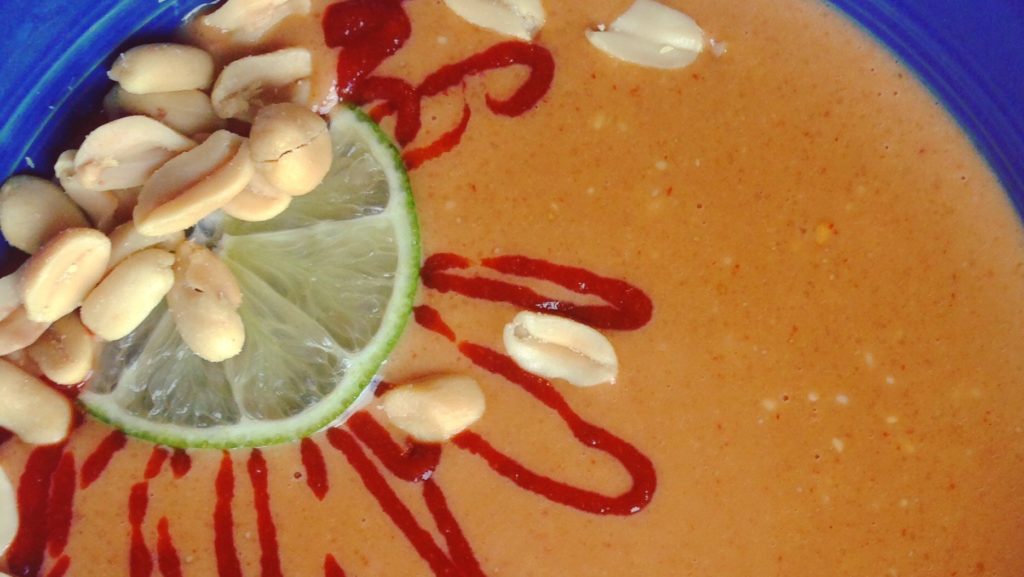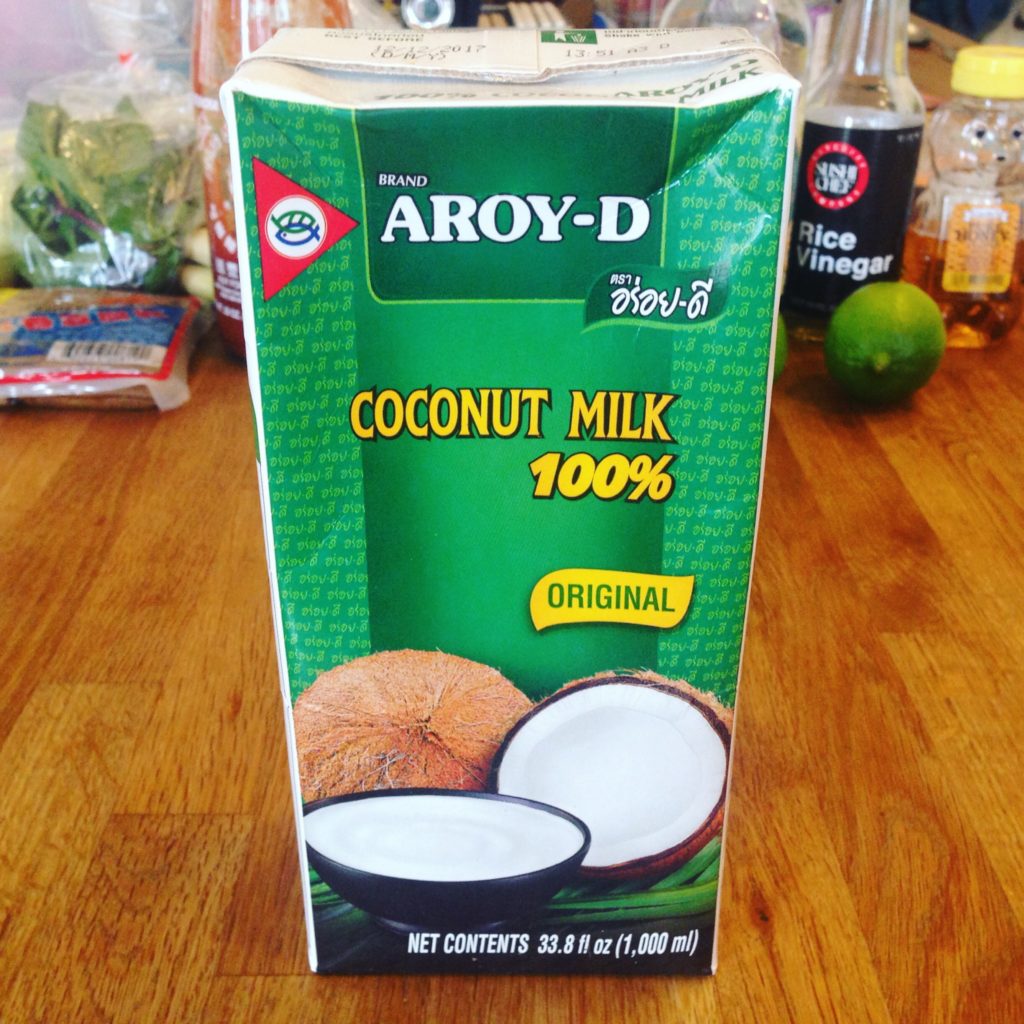
Hunger pangs outweigh intellectual interest? Jump to the recipe.
Made it? Shoot it, share it, jump to the potluck.
Peanut Stress
For years and years, I thought peanut sauce was made with two ingredients: (1) Peanut butter. (2) Any and all Asian condiments presently residing in the refrigerator.
For years and years, I made miserable peanut sauce. Or at least inconsistently mediocre peanut sauce, the product of a problematic process: boldly pour ingredients together freehand; taste and adjust in an inconclusive cycle of iteration; conduct a last-ditch internet search to see how the batch might be salvaged.
Maybe this sounds familiar. Maybe your go-to recipe is not quite spectacular1, overly dependent on a set of specialized ingredients2, or an occasion for unnecessary blender-cleaning. Or maybe, for years and years, you thought peanut sauce is something you buy in a jar, overpaying for the privilege.
Peanut Success
Study the most popular recipes. Experiment with endless tubs of PB, while J gathers dust in the cupboard.3 And you too will find that perfect peanut sauce requires six key components, combined in a simple ratio. But you still won’t have a minimalist master recipe, for you and your readers know that human memory tops out at just four items. Your recipe will inevitably leave you standing in front of an open refrigerator, scratching your head. “What were those last two ingredients?”
The mnemonic was elusive, but in time, revealed itself: six alliterative adjectives.
Adaptability
Each of these six adjectives could describe a variety of potential ingredients, and that’s by design: mix up your choices to customize your concoction, or plug in whatever closest match you find in the pantry.
Liquidity
Select all liquid ingredients, and your job is even easier: the “equal parts” ratios will prove more reliable4, and you’ll have no need for chopping or blending—just stir and serve.
Adjectives Explained

1 part Crunchy
Peanut sauce begins, of course, with its namesake ingredient. Accelerate mealtime by using its most stirrable incarnation: crunchy peanut butter. Equally functional is smooth peanut butter, but this corrupts the mnemonic, so put it out of mind.
“Crunchy” alternatives include other nut and seed butters, but talk to your lawyer before calling it “peanut” sauce.

1 part Creamy
Peanut sauce lives or dies on its creaminess, so thin your nut butter with an equal amount of this adjective. Classically, this means coconut milk or coconut cream. (See also: How to Buy Coconut Milk.)
Heavy cream works surprisingly well as a substitute, while inland interpretations5 might use the similarly fatty/flavorful combination of oil and broth.

1/4 part Sweet
Honey blends beautifully, while solid sugars require some heat or effort to fully dissolve.
1/4 part Sour
Lime and/or rice vinegar may be most regionally appropriate, but lemon juice, orange juice, and any vinegar except balsamic are functionally equivalent and flavorfully daring.
1/4 part Salty
Soy sauce is the obvious choice. Additionally or alternatively, add fish sauce or salt to taste. Kecap Manis or teriyaki sauce are sweet and salty, so could be used for both ingredient categories.
1/4 part Spicy
In trendy refrigerators, look no further than sriracha. Sambal oelek, chili & garlic sauce, or even curry paste are alternatives.
An Actionable Alternative
If that’s all too theoretical, start with this, the easiest of all implementations. One vessel, one utensil, and six ingredients you’ll find in 90% of American kitchens.
Well, five ingredients—you may need to supply your own coconut milk. Then again, after considering the alternatives, you might want to regardless.
[recipe title=”Minimalist Peanut Sauce” servings=”spring rolls for four” time=”faster than takeout” difficulty=”toddler on up” print=”true”]
In a 2-cup liquid measure:
- Add peanut butter to the 1/2-cup line.
- Add coconut milk to the 1-cup line.
- Add honey halfway to the 1 1/4 cup line.
- Add lime juice or rice vinegar to the 1 1/4 cup line.
- Add soy sauce halfway to the 1 1/2 cup line.
- Add sriracha to the 1 1/2 cup line.
Stir and serve.
[/recipe]Join the Virtual Potluck
They say you taste first with the eyes, and if you've given this recipe a go, we'd all love a visual nibble. What aggressive improvisation did you apply? Did it succeed brilliantly or fail spectacularly? To show off your marvel (or mess), dust off your smartphone:


